SEPARATION, INITIATION, AND RETURN IN THE “CARAVAL” NOVEL BY STEPHANIE GARBER
DOI:
https://doi.org/10.33884/basisupb.v12i2.10054Keywords:
Archetypal Stages, Hero Journey, Separation, Initiation, ReturnAbstract
This research aims to analyze the journey of the main character, Scarlett, in Caraval by Stephanie Garber using Joseph Campbell’s Hero’s Journey theory. It focuses on identifying the stages present in the novel and how they contribute to Scarlett’s character development. This research applies to Joseph Campbell’s (2020) Hero’s Journey theory. The primary data source is Caraval, a fantasy novel by Stephanie Garber. This research employs a descriptive qualitative method, as defined by Litosseliti (2010) and Bogdan & Biklen (2007), which focuses on analyzing textual data in depth. The data collection follows Bowen (2009) library research approach and uses Leavy (2017) highlighting technique to categorize relevant text. The analysis applies Campbell (2020) Hero’s Journey framework and follows (Ratna, 2020) descriptive interpretation method to interpret the narrative structure and character development. The findings show that thirteen out of the seventeen stages of the Hero’s Journey are reflected in Scarlett’s journey, while four stages do not appear in the story. These results indicate that Caraval partially follows the traditional Hero’s Journey structure and demonstrates how this narrative pattern can be adapted in modern fantasy literature with a female character.
References
Bhusal, D. (2024). Exploring the Hero’s Journey in Kate Chopin’s The Awakening and Paulo Coelho’s The Alchemist. Vox Batauli, 9(01), 37–47. https://doi.org/https://doi.org/10.3126/vb.v9i01.70398
Bogdan, R. C., & Biklen, S. K. (2007). Qualitative Research for Education: An Introduction to Theory and Methods (A. E. Burvikovs, Ed.; Fifth). Pearson Education, Inc.
Bowen, G. A. (2009). Document Analysis as a Qualitative Research Method. Qualitative Research Journal, 9(2), 27–40.
Campbell, J. (2020). The Hero with a Thousand Faces (Third). Joseph Campbell Foundation.
Ellis, J. M. (1974). The Theory of Literary Criticism: A Logical Analysis. University of California Press.
Garber, S. (2017). Caraval (1st ed.). Flatiron Books.
Hrp, Z. S. A., & Satria, R. (2024). Separation, Initiation, and Return in The Prisoner of Zenda Novel by Anthony Hope. JURNAL BASIS, 11(1), 47–58. https://doi.org/10.33884/basisupb.v11i1.8198
Husein, M. A. (2022). Steve Rogers’s Hero Journey to Captain America the First Avenger (2011). LITERA KULTURA: Journal of Literary and Cultural Studies, 10(1), 8–17. https://doi.org/10.26740/lk.v10i1.47284
Julius, J., & Satria, R. (2022). Analysis of hero’s journey in Jack London’s “The Call of the Wild.” Els Journal on Interdisciplinary Studies in Humanities, 5(4). https://doi.org/https://doi.org/10.34050/elsjish.v5i4.23879
Leavy, P. (2017). Research Design: Quantitative, Qualitative, Mixed Methods, Arts-Based, and Community-Based Participatory Research Approaches. The Guilford Press.
Litosseliti, L. (2010). Research Method in Linguistics. Continuum.
Ningsih, I. (2023). An Analysis of Intrinsic Elements in Five Short Stories of Hans Christian Andersen’s Collection. Griya Cendikia, 8(1), 452–462. https://doi.org/10.47637/griyacendikia.v8i1.418
Ramish, R., Sharifzada, K., & Rezaie, M. (2024). A Critical Perspective on the Concept of Literature in Contemporary Times. International Journal of English Literature and Social Sciences, 9(2).
Ratna, N. K. (2020). Teori, Metode, dan Teknik Penelitian Sastra. Pustaka Pelajar.
Said, S., & Hula, I. R. N. (2022). Intrinsic Element Analysis of Novel: The Forbidden Heaven by Leyla Hana. CENDEKIA: Jurnal Ilmu Sosial, Bahasa Dan Pendidikan, 2(3), 45–61. https://doi.org/10.55606/cendikia.v2i3.287
Sari, R. M. (2024). Hero’s Journey in Disney Movie Encanto. LITERA KULTURA: Journal of Literary and Cultural Studies, 11(2), 67–74. https://doi.org/10.26740/lk.v11i2.58608
Wicaksono, B. P. P. (2020). A Hero’s Journey in Ernest Cline’s Ready Player One. Tell: Teaching of English Language and Literature Journal, 8(1), 19. https://doi.org/10.30651/tell.v8i1.4404
Zuhroni, Z., & Syamsurrijal, S. (2023). Analysis of Intrinsic Element Found in It Ends with Us by Colleen Hoover. JISHUM: Jurnal Ilmu Sosial Dan Humaniora, 2(1), 46–58. https://doi.org/10.57248/jishum.v2i1.254

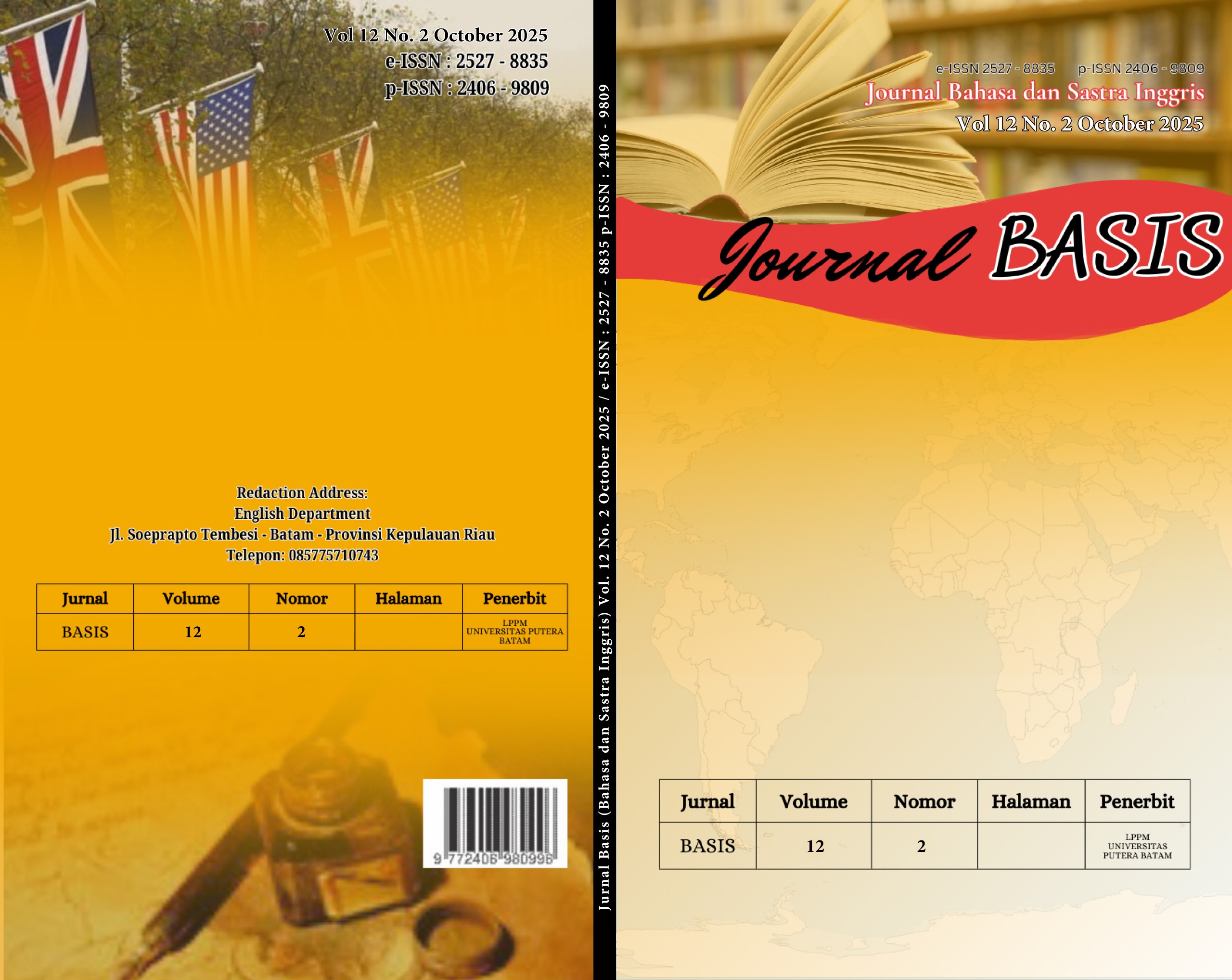

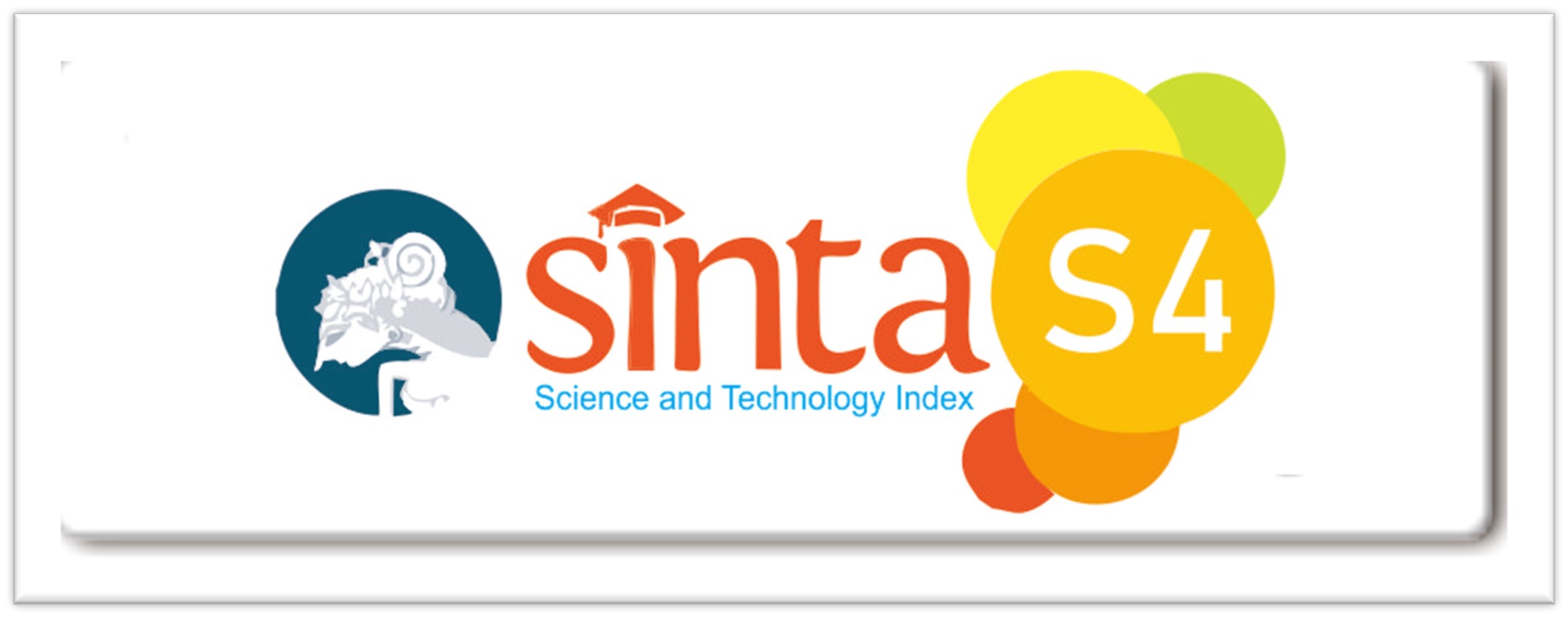

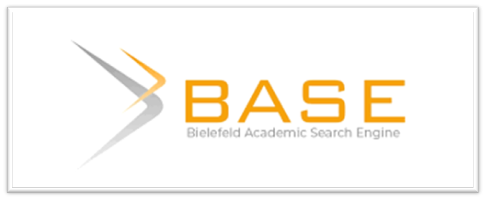

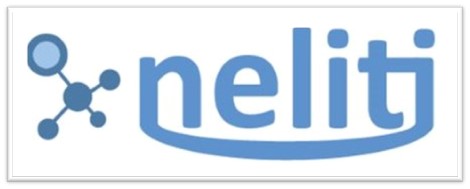

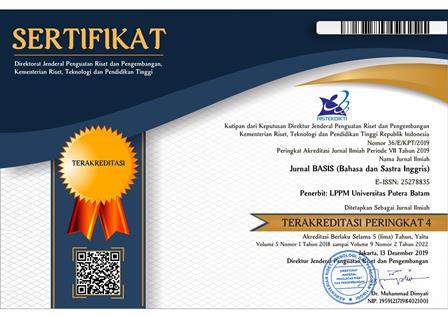



 JURNAL BASIS (BAHASA DAN SASTRA INGGRIS)
JURNAL BASIS (BAHASA DAN SASTRA INGGRIS)
